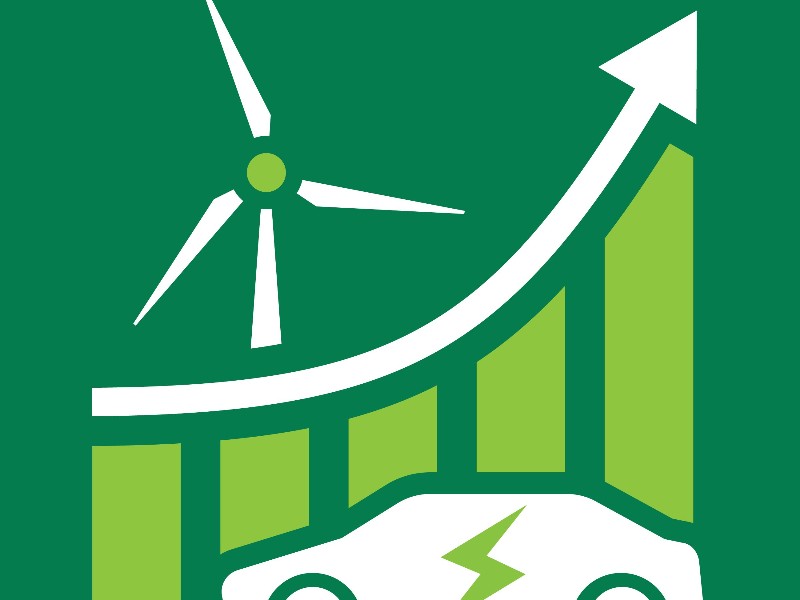The first Fit for 55 deal has been signed between the European Council and the European Parliament on a 100% CO2 emission reduction target for all EU vehicles by 2035, signalling a strong market forecast for electric vehicles (EVs) and hybrid vehicles as internal combustion engines (ICEs) come off the road.
 Image: 123rf
Image: 123rf
The agreement marks the first step in the adoption of the ‘Fit for 55′ legislative proposals tabled by the Commission in July 2021.
As an intermediary step towards zero emissions, the new CO2 standards will also require average emissions of new cars to come down by 55% by 2030, and new vans by 50% by 2030.
Executive vice-president for the European Green Deal, Frans Timmermans, said: “The agreement sends a strong signal to industry and consumers: Europe is embracing the shift to zero-emission mobility. European carmakers are already proving they are ready to step up to the plate, with increasing and increasingly affordable electric cars (EVs) coming to the market.
“The speed at which this change has happened over the past few years is remarkable. It is no wonder that this file is the first one in the entire Fit for 55 package where Member States and the European Parliament have come to a final deal.”
The agreement
The regulatory incentive mechanism will be kept for zero- and low-emission vehicles (ZLEV) until 2030. As part this mechanism, if a manufacturer meets certain benchmarks for the sales of zero- and low-emission vehicles it can be rewarded with less strict CO2 targets. The co-legislators agreed to increase the benchmark to 25% for cars and 17% for vans until 2030.
The agreement includes a review clause that will ensure that in 2026, the Commission assesses the progress made towards achieving the 100% emission reduction targets and the need to review these targets. This review will take into account technological developments, including plug-in hybrid technologies and the importance of a viable and socially equitable transition towards zero emissions.
In addition, the agreement includes a reinforcement of other provisions in the regulations such as:
• Reducing the cap of emission credits that manufacturers can receive for eco-innovations that reduce CO2 emissions on the road, to up to 4g/km per year from 2030 until 2034 (currently set at 7g/km per year).
• The Commission will develop a common EU methodology, by 2025, for assessing the full life cycle of CO2 emissions of cars and vans placed on the EU market, as well as for the fuels and energy consumed by these vehicles. Based on this methodology, manufacturers may, on a voluntary basis, report to the Commission on the life cycle emissions of the new vehicles they place on the market.
The agreement maintains exemption for small volume manufacturers until the end of 2035.
Progressive signal
This signal to manufacturers and citizens is hoped to accelerate the production and sale of low- and zero-emission vehicles and put road transport on a firm path to climate neutrality by 2050.
The provisional agreement requires formal adoption by the Parliament and the Council. Once this process is completed, the new legislation will be published in the Official Journal of the Union and enter into force.
The revision of the CO2 emission standards for cars and vans is one of the ‘Fit for 55′ proposals presented by the Commission in July 2021 to make the EU’s climate, energy, land use, transport and taxation policies fit for reducing net greenhouse gas emissions by at least 55% by 2030, compared to 1990 levels.
Achieving these emission reductions in the next decade is considered crucial to Europe becoming the world’s first climate neutral continent by 2050 and making the European Green Deal a reality.
And according to the European Commission, the legislative tools are set to deliver on the targets agreed in the European Climate Law.
